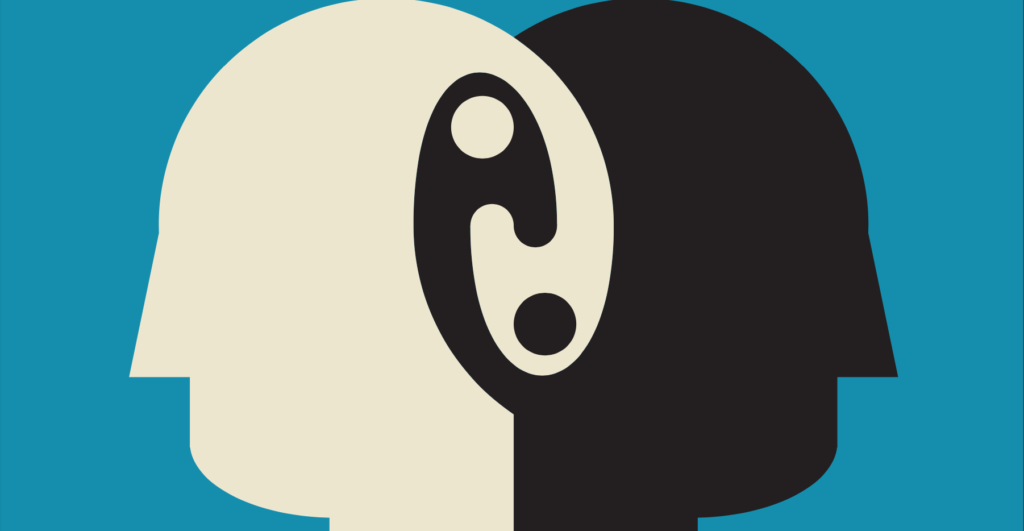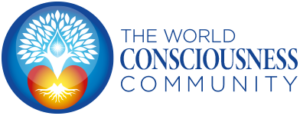
There is a story from China that goes something like this:
Once upon a time, there was a family who owned some horses. One day, the horses ran away. The neighbors lamented, “Oh, this is so terrible that you lost your horses!” After some time, the horses returned, accompanied by many wild horses.
The neighbors rejoiced, “Oh, you are so fortunate! You got more horses!” The son, a very adventurous boy, tried to ride one of the wild horses. He fell off and broke his leg. “This is so terrible!” the neighbors cried.
Soon thereafter, the country broke out in a war and the government was recruiting more soldiers. Since the boy was exempt from joining the army due to his broken leg, his life was spared. The neighbors cheered, “Wow, your family is so fortunate!”
__________
Life continually changes, and our perspectives change along with it. So at the level of social morality, can we necessarily say what is good or bad, what is right or wrong? Often, it can be hard to know. Often, it is relative. And yet, from a very young age, we are taught what is good and bad, right and wrong — positive and negative — and it is reinforced to us over and over again, becoming strong, fixed information. This overly strong sense of social morality — including well-meaning intentions like wanting to be a very good citizen — can come to control our lives.
Moral and social codes are created by the human mind. They can be useful to guide us in society. But if we do not learn to go beyond them, we will be continually judging ourselves and others, becoming very careful, self-monitoring, and rigid. Unknowingly, our True Self becomes hidden from others, and we forget who we are.
In the mingjue (pure consciousness) collective field, there is nothing to hide. Everything is illuminated and self-revealing. There are no secrets, no good or bad, no right or wrong. Mingjue is the state of oneness that contains all dualities. The duality is always there, but the unity is the greater perspective.
This means that, from mingjue consciousness, all choices or paths are observed as equal processes, or simply understood as different life experiences. Just as we saw in the opening story of the family with the horses, what we might deem the “wrong” path or a “bad” experience might lead to more enrichment later. Or perhaps the more challenging path leads to a greater awakening of consciousness. Who can know?
The important thing is that we continue training our consciousness. In mingjue gongfu, we learn to:
- Choose the way of compassion
- Respect the codes of society but also go beyond them
- Be flexible, let go of strong attachments and judgments, and play duality as a game
This is the practice of wu wei, the art of living without resistance. This is a high-level oneness, where harmony naturally appears. And as we have been learning, harmony is health.
How well can you maintain an open, free heart while also respecting social and moral codes? Are you flexible in your judgments of what constitutes a “good” or “bad” person? Can you readily free yourself from guilt and past mistakes?
Adapted from the course, “Awakening the Inner Healer,” Module 2, Part 2 (October 2022), as taught by Teacher Wei.
__________
A selection on the dance between oneness and duality, from the ancient Daoist text Tao Te Ching, by Laozi (Lao Tzu):
TWO
When people see some things as beautiful,
other things become ugly.
When people see some things as good,
other things become bad.
Being and non-being create each other.
Difficult and easy support each other.
Long and short define each other.
High and low depend on each other.
Before and after follow each other. Therefore the Master
acts without doing anything
and teaches without saying anything.
Things arise and she lets them come;
things disappear and she lets them go.
She has but doesn’t possess,
acts but doesn’t expect.
When her work is done, she forgets it.
That is why it lasts forever.
— translation: Stephen Mitchell, 1995
__________
PRACTICE – LOWER DANTIAN BREATHING
In daily life: Lower dantian breathing does not require any hand or body movements. If you feel triggered by something or someone, begin this practice. If you feel tired, begin this practice. See how quickly you can come back to yourself, your center.
Teacher Wei challenges you to write down a commitment to practice lower dantian breathing in your daily life. EX: I will practice lower dantian breathing while driving, cooking, taking a shower, and walking. Writing it down helps to solidify the commitment in your consciousness. And the more you practice, you will gradually arrive at a point when you are doing lower dantian breathing as a natural state of being.
Why lower dantian breathing?
This simple yet powerful practice can increase lower dantian qi, which means greater vitality and health, as well as more stability of energy and consciousness. It is also the foundation of the flow state of being.
Practice:
Find a few times during your day to do this for 10-15 minutes. If helpful, set an alarm on your phone during breaks in the day.
First, set a good mingjue entirety state (6-min video).
Draw your mind into shenji palace (center of your head).
Relax. Feel an inner silence.
Observe the breath, slow and gentle.
With each inhalation, observe and feel qi filling up the lower dantian (in the center of your abdomen). With each exhalation, the body relaxes, lower dantian contracts.
When you feel the qi in lower dantian is strong enough, begin observing with each inhalation the qi merging into the middle dantian (in the center of your chest), then the upper dantian (in the center of your head).
As you exhale, relax.
You may also hold your breath for a short while. Relax as much as possible as you hold your breath. This is an effective way to integrate and harmonize and strengthen internal qi.
Always hold the question: Who is breathing into and within lower dantian?
__________
REFLECTION FROM THE COMMUNITY
During this module, we have been focusing on standing meditation, lower dantian breathing, and throat breathing.
In the past, one person shared…
“When I was born, I had severe joint movement limitations and hip detachments. As a consequence of this, all my life I have lived with a shorter foot than the other. The difference between the length of my feet is 4 cm and I cannot bend my knee. I have always been lame. Currently I do not use insoles to compensate for that difference and that has produced scoliosis in my spine. When I practice qigong I must always look for a posture that compensates for the difference to maintain balance.
“The experience with standing meditation was wonderful because when placing my ankles a slightly outwards, it was as if the hip adjusted and when I raised baihui [the crown of the head], I felt that the posture was correct for me. I felt that my whole body was adjusted. I had a sensation of fullness in my body and I realized that it was the sensation of a person with completely healthy hips, feet and spine. For the first time I felt that I was a complete person. I felt unity and harmony with the entire Universe.”
Another person shared…
“I went into standing meditation practice led by teacher Wei. I was deeply into it when my son and husband came into the next room going to see a political rally happening a block away. The noise from the rally could be heard through the window. As I stayed in standing meditation, I observed a very smooth, even circle of transparent qi around me, and I made it bigger and bigger to embrace the rally. I was completely unaffected by the noise. More than that, I felt that the strength of consciousness can bring outside reality into equilibrium and harmony. I was listening to Teacher Wei on a YouTube talk on the world consciousness field and that it is real and so very important! My experience during practice this past Sunday was a clear illustration of what our consciousness can do in our world!! Haola!!!”
STUDY AND PRACTICE MINGJUE GONGFU WITH US
-
- Are you or someone you know facing cancer? Last month, Teacher Wei gave a powerful 7-day course on understanding and healing the root causes of cancer. The recordings are available for purchase, as well as the chance to practice with a live (virtual) teacher-led group. To learn more, click here: Healing Cancer with Pure Consciousness.
- Practice with a vibrant, global community in our yearlong program, “Awakening the Inner Healer,” which started in June 2022. It’s never too late to join! Monthly courses are available a la carte, and translations are available in multiple languages.
“What is the World Consciousness Community?” in Teacher Wei’s words (3-min video)
